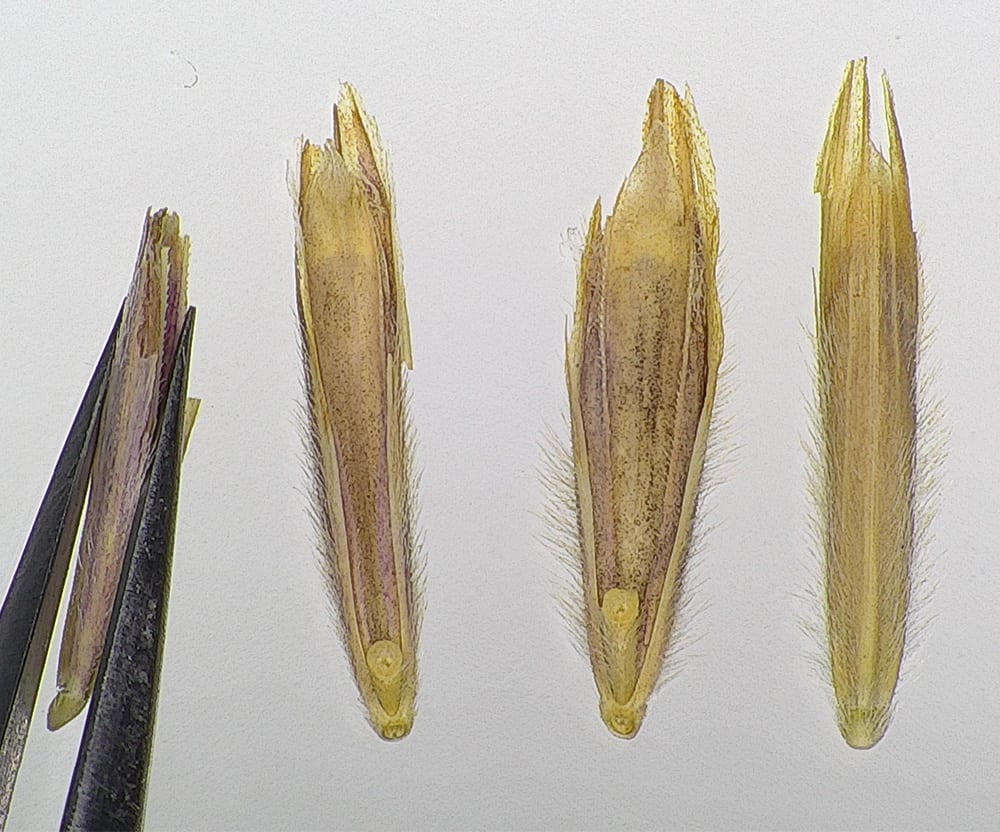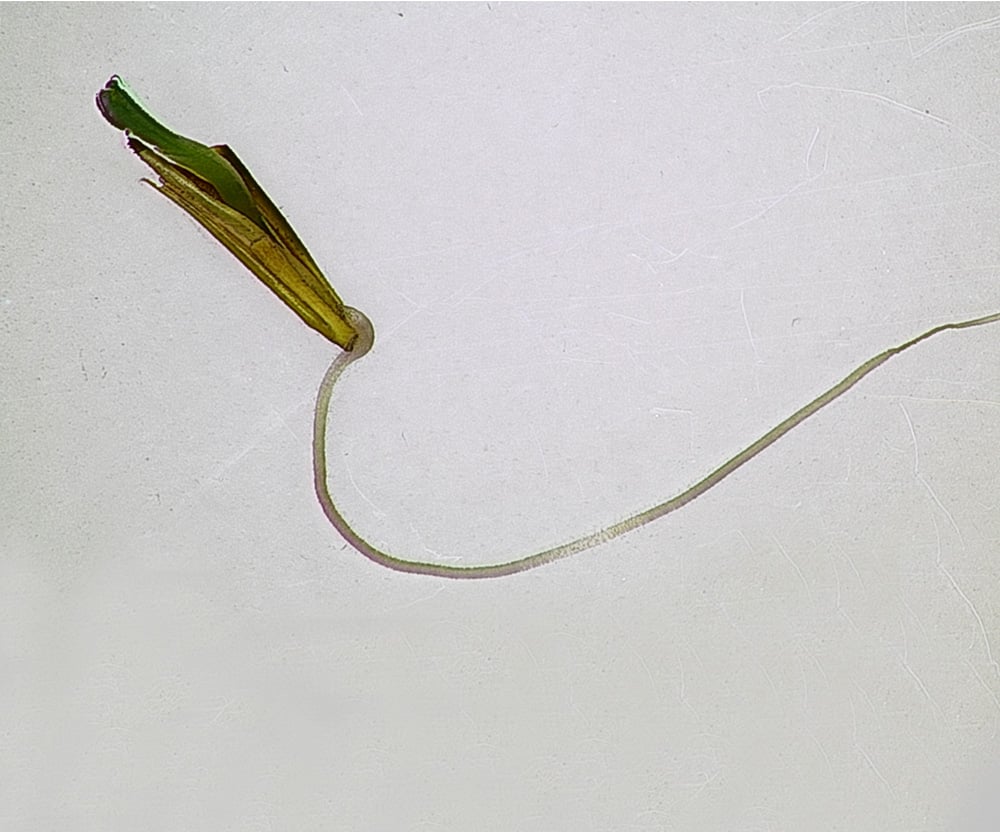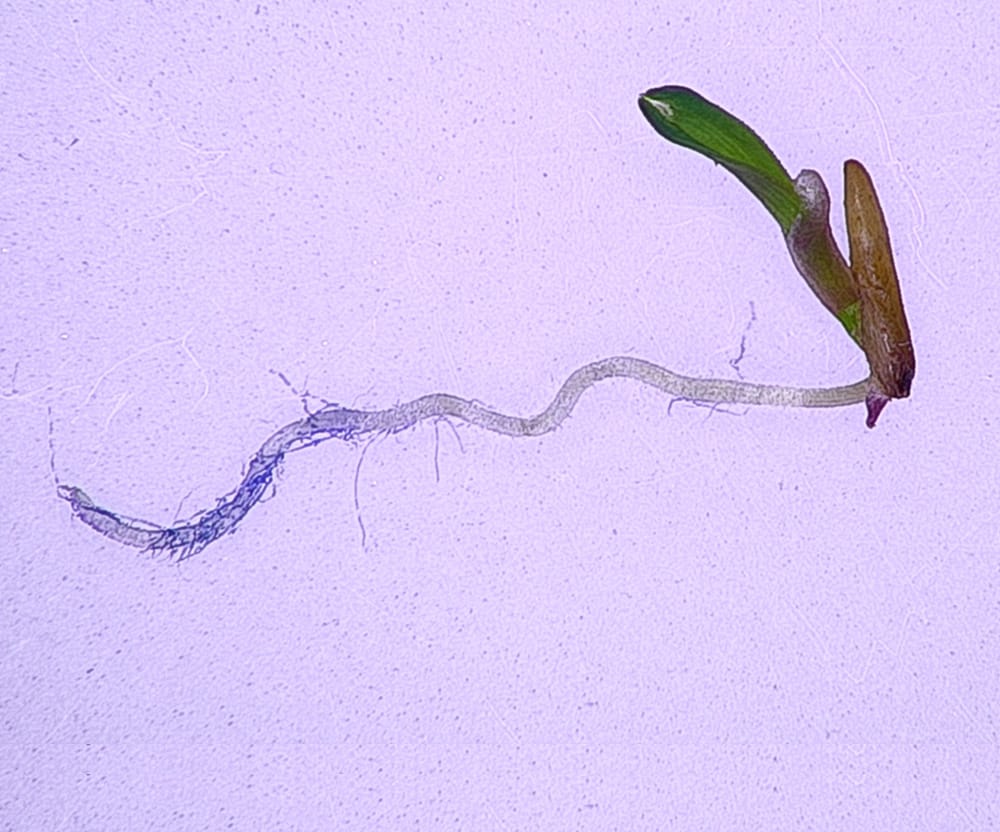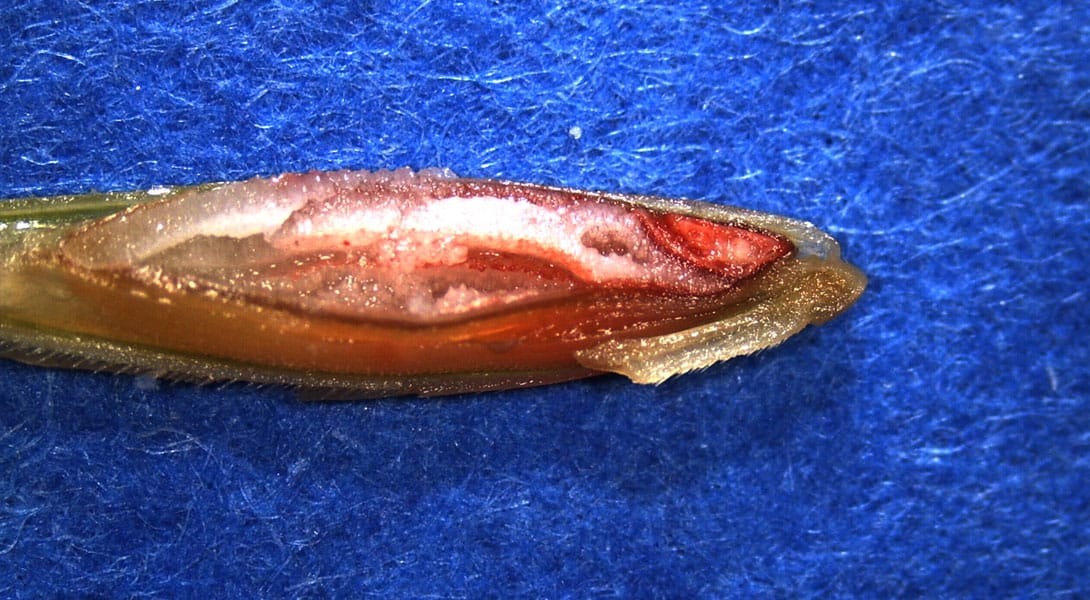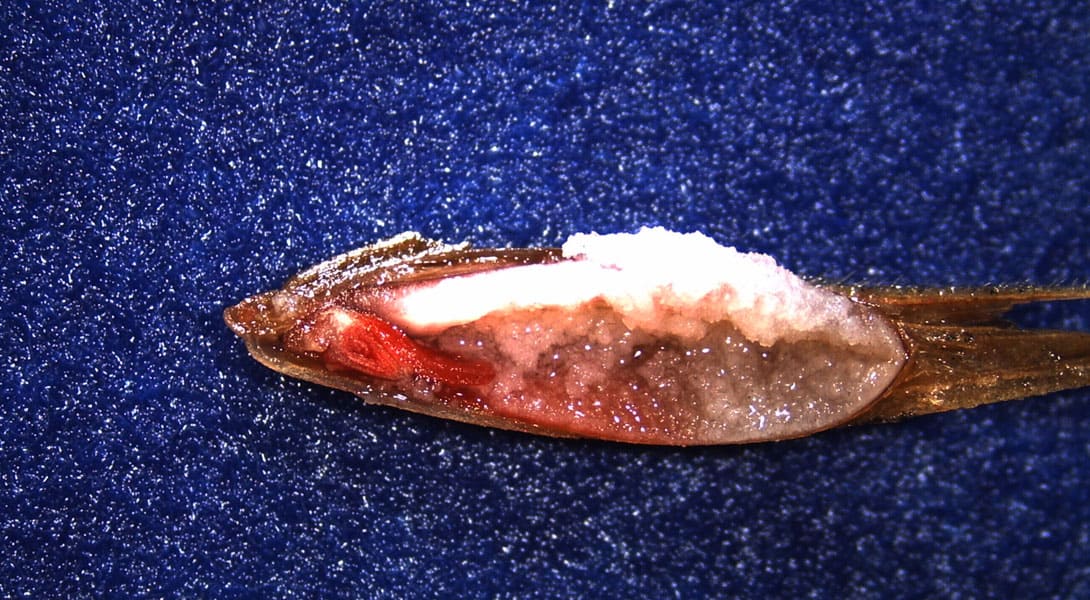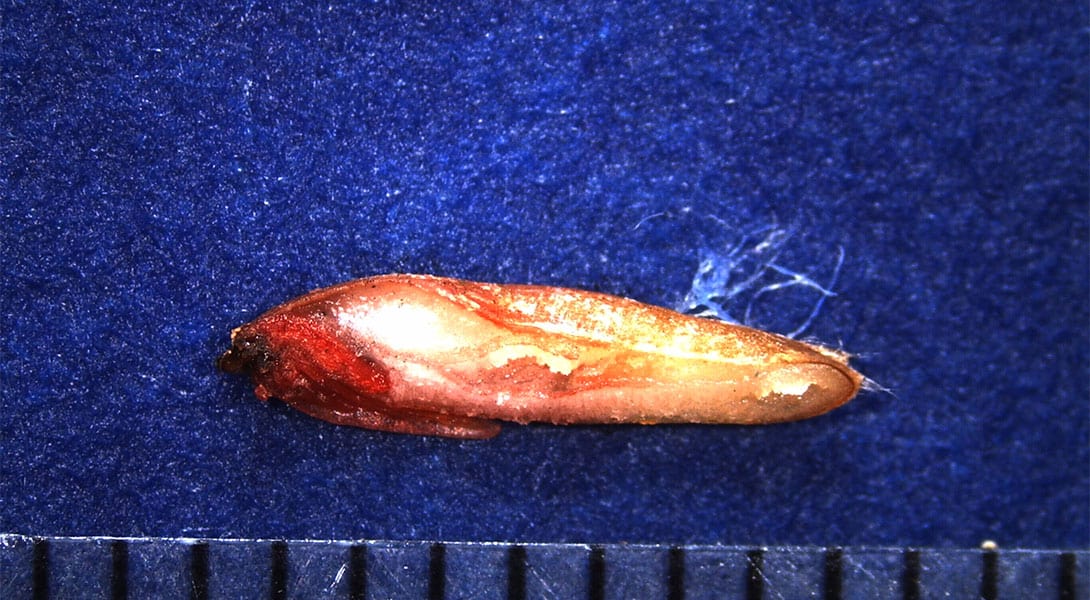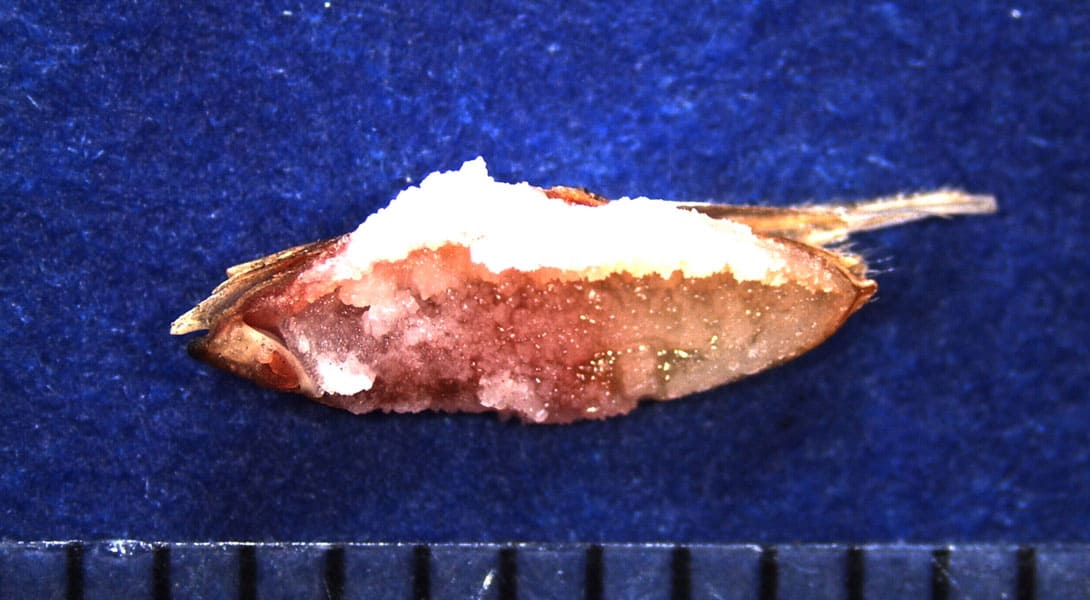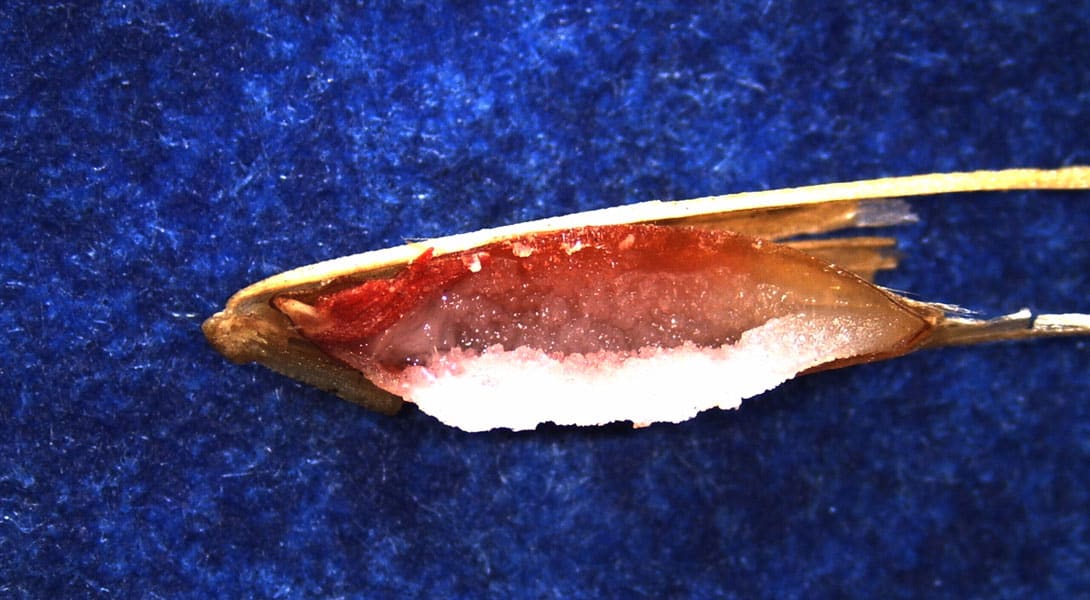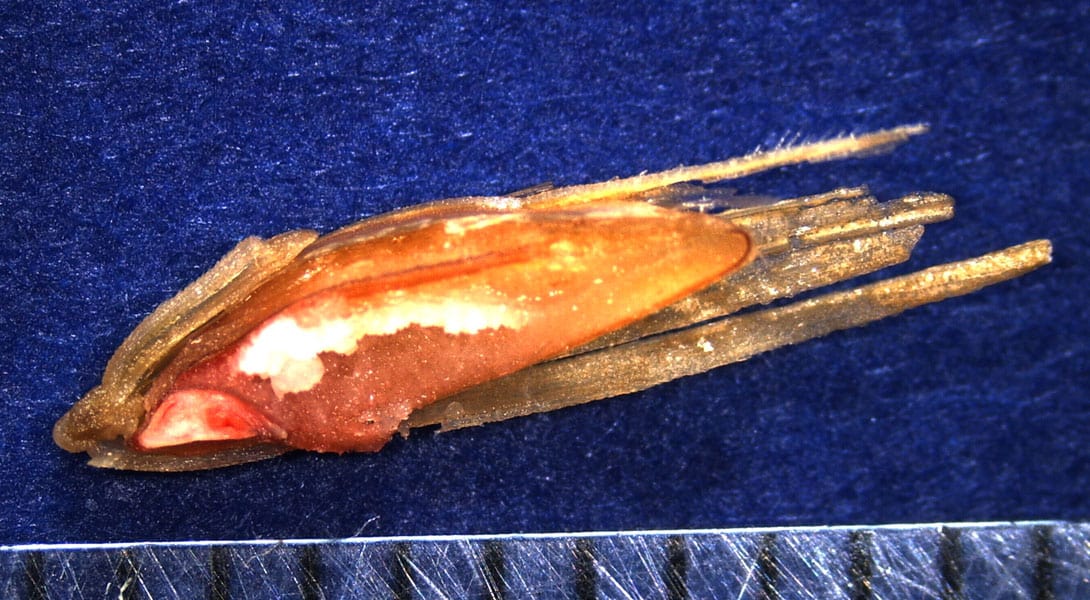Bromus anomalus
- Genus
Bromus
- Family
Poaceae
- Synonyms
Read More
Bromus anomala
Bromus anomalus var. lanatipes
Bromus ciliates var. minor
Bromus porter var. havardi
Zerna anomala
Bromus kalmia var. major
- Common names
Read More
Nodding bromegrass
Nodding brome-grass
Mexican brome
Mexican bromegrass
Mexican brome-grass
Mexican brome grass
See More
Purity
- ISTA PSD
33
See Details - AOSA PSU
21
See Details - Purity working weight (grams)
7
See Details - Other species (OSD)/Noxious working weight (grams)
70
See Details
PSU 21
Floret with attached empty floret(s) not extending to the tip of the fertile floret (excluding the awn), or single floret, provided there is a caryopsis at least one-third the length of the palea measured from the base of the rachilla.
Special consideration:
- A fertile floret attached to another fertile floret shall be separated (see below for Festuca arundinacea exception).
- Attached glumes and empty florets extending to or beyond the tip of the fertile floret shall be removed and classified as inert matter (see below for Festuca arundinacea exception).
- For Bouteloua curtipendula, this PSU only applies if the submitted sample consists primarily of single florets and caryopses. When the submitted sample consists primarily of multiple florets and spikelets, refer to PSU 23.
- For Festuca arundinacea, a multiple seed unit consisting of one fertile floret with an attached glume or attached floret (empty or fertile) extending to or beyond the tip of the fertile floret shall be considered a pure seed unit, provided there is a caryopsis at least one-third the length of the palea measured from the base of the rachilla. A multiple seed unit consisting of three or more florets shall be broken apart and separated into pure seed (fertile florets) and inert matter (empty and sterile florets).
TWS Notes
PSD 33
Floret, with lemma and palea enclosing a caryopsis with or without awn.
Festuca, Lolium, ×Festulolium: size of caryopsis at least one-third the length of the palea, measured from the base of the rachilla. Caryopsis.
Piece of caryopsis larger than one-half the original size.
The floret may be with or without attached single fertile or sterile floret, provided that the attached floret does not extend to the tip of the fertile floret, excluding the awn (Fig. 3.1, 1–4).
Where a uniform blowing method is prescribed, see 3.5.2.5.
Multiple seed units
Seed units may consist of spikelets or parts of spikelets with more than one floret. Such structures with or without glumes are called multiple seed units (MSUs) when formed by the following structures:
- one fertile floret with one attached fertile or sterile floret that extends to or beyond the tip of the fertile floret, excluding the awns (Fig. 3.1, 8–12).
- one fertile floret with two or more attached fertile or sterile florets of any length (Fig. 3.1, 5–7).
- one fertile floret with basally attached sterile floret or glumes of any length (Fig. 3.1, 13–15).
MSUs are left intact and included in the pure seed fraction. However, the applicant may request that they be weighed and the percentage reported (see 3.5.2.6).
For Triticum turgidum L. subsp. dicoccon and Triticum aestivum L. subsp. spelta only: with or without rachis segment attached. In Triticum turgidum L. subsp. dicoccon and Triticum aestivum L. subsp. spelta, combinations of MSUs may be found. These are not to be separated in the purity analysis.
MSUs of Avena of the type of structure 13 (Fig. 3.1), where the lemma of the basal floret envelops the inner fertile floret, need not be reported as MSUs. All other structures (Fig. 3.1, 5–12, 14–15) are to be considered MSU.
Figure 3.1. Classification of single and multiple seed units. The stippled portion represents fertile florets and the clear portion sterile florets.
TWS Notes
Purity working weight (grams)
Noxious working weight/OSD
Germination and dormancy breaking method
|
||||||
|
||||||
|
||||||
|
Germination Image Gallery
Description of Normal/Abnormal Seedlings:
Seedling conditions present (singly or in combination), which would cause the seedling to be evaluated as abnormal (not considered viable):
Shoot: missing; or proportionately short, thick, grainy, no leaf, leaf badly shredded or longitudinally split. If the shoot is thin, spindly, pale or watery; has deep open cracks in the mesocotyl.
Root: missing or if root is shorter than the length of the seed.
Seedling: Decayed at point of attachment to scutellum; one or more essential structures exhibiting decay from primary infection. Note: if shoot and root are reasonably in balance, the decay is considered secondary. If the seedling is albino. When caryopsis is detached from the root-shoot axis.
Modified Germination:
Test can be terminated at 14 days if the dormancy is checked with tetrazolium at the termination of the germination test.
Tetrazolium (TZ) Methodology Recommendations:
- Imbibition method and time
Imbibe overnight between moist media
- Option(s) to prepare and cut seed for staining
Longitudinal cut seed through embryo from base of seed ½ into seed
- Percentage (%) of TZ solution
1.0
- Time and temp of staining (hr)
Usually 4 hours up to overnight if needed in oven between 30-35°C
- List of important seed structures requiring staining: Embryo and scutellum must stain. Endosperm does not stain.





